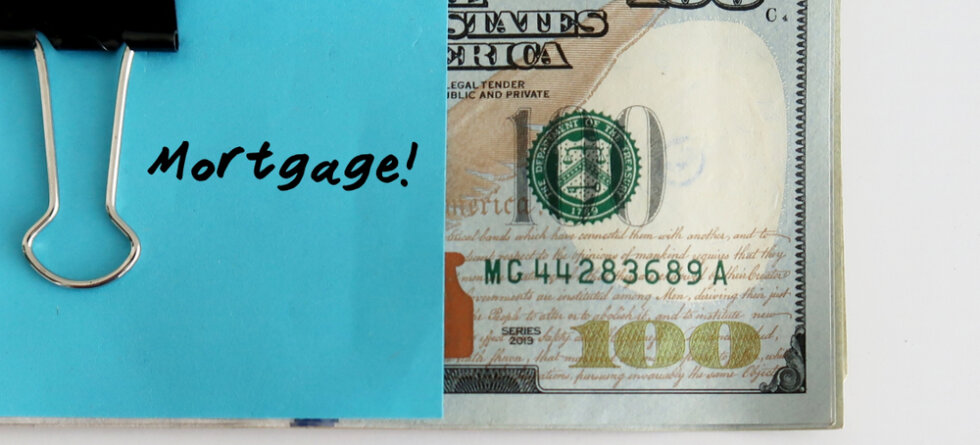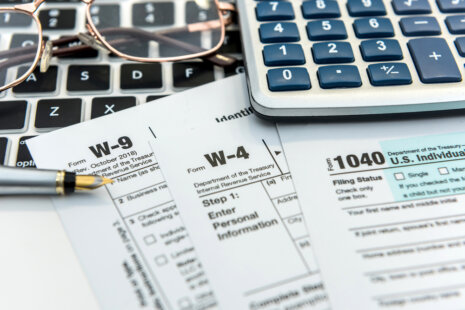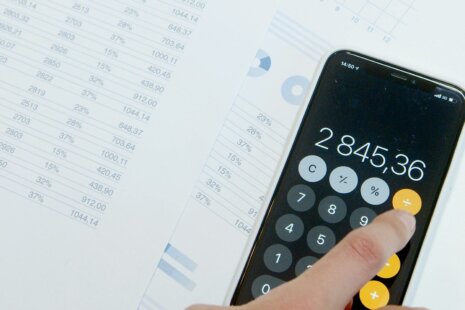In most cases, you cannot pay your monthly mortgage with cash directly. Mortgage lenders typically require borrowers to make monthly mortgage payments through accepted payment methods, including electronic transfers, checks, or online payments.
Paying with cash is generally not allowed for several reasons:
- Lack of Traceability: Cash payments lack a clear paper trail, making it challenging for lenders to track and verify the prices. This lack of traceability could lead to disputes or complications regarding payment history and record-keeping.
- Risk of Loss or Theft: Paying with cash involves the risk of loss or theft. If money is lost or stolen in transit or during processing, it could be challenging to recover, resulting in payment delays or potential financial losses.
- Compliance and Reporting: Lenders are subject to strict financial regulations, including anti-money laundering (AML) and know-your-customer (KYC) requirements. Accepting cash payments can raise compliance issues and make it difficult for lenders to meet these regulatory obligations.
- Difficulty with Loan Servicing: Mortgage lenders often use loan servicing companies to manage borrowers’ accounts, handle payments, and maintain accurate records. These servicing companies are equipped to process electronic and check prices efficiently, but accepting cash payments can create logistical challenges.
If you prefer using cash for budgeting or personal reasons, you can convert the currency to a check or money order and then use that to make your mortgage payment. Alternatively, you can deposit the cash into your bank account, create an electronic transfer, or write a check to pay the mortgage.
To ensure a smooth mortgage payment process, following the accepted payment methods specified by your lender is best.




